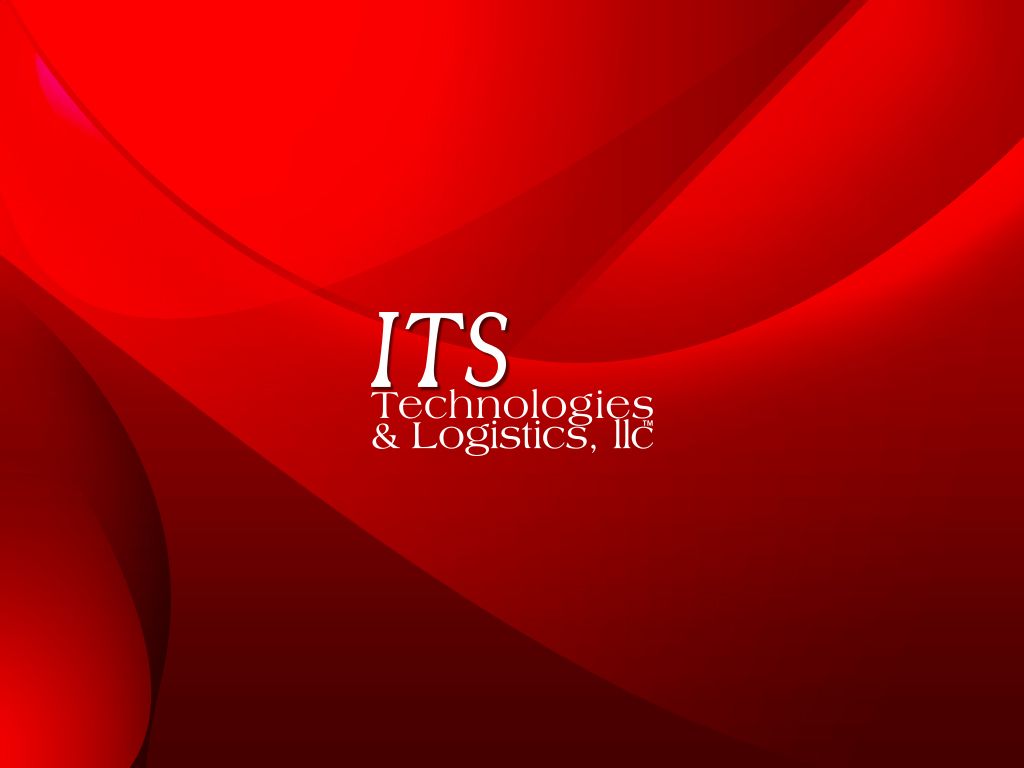Information
-
Add media
ITS Technologies & Logistics • HOT WORK Permit Checklist
-
inspected the Hot work Areas, This Hot Work Permit is required for any Temporary operation involving open flames or producing heat and/or sparks. This includes; but is not limited to: brazing, cutting, grinding, soldering, torch-applied roofing and welding.
-
Division
-
Location / Site
-
GPS - Location
-
Conducted on
-
Hot work to be completed by
- Company Employee
- Outside Contractor
-
I verify that the above location has been examined, the precautions marked on the checklist below have been taken, and permission is granted for this work.
-
Prepared by - Full Name
-
Employee Number
-
Supervisor Name
-
Supervisor Employee Number
-
Before initiating hot work, ensure precautions are in place as required by NFPA 51B and ANSI Z49.1. Make sure an appropriate fire extinguisher is readily available.
Checklist
ITS Technologies & Logistics • HOT WORK Permit Checklist
Hot work Permit -Self Inspection Checklist
-
inspected Hot work Areas, This Hot Work Permit is required for any operation involving open flame or producing heat and/or sparks. This work includes,
but is not limited to, welding, brazing, cutting, grinding, soldering, thawing pipe, or heating metal.
Note: Before initiating hot work, ensure precautions are in place as required by NFPA 51B and ANSI Z49.1. Make sure an appropriate fire extinguisher is readily available.
-
-
Pictures of Designated areas
Required Precautions Checklist:
-
1. Check that Available Sprinklers, hose streams and extinguishers are in service and operable.
-
2. Hot work equipment is in good working condition.
Requirements within 35 ft. of Hot Work:
-
1. Flammable liquid, dust, lint and oil deposits are removed.
-
2. Explosive atmosphere in the area is eliminated. <br>
-
3. Floors are swept clean.
-
4. Combustible floors are wet down, covered with damp sand or fire-resistant sheets.
-
5. Remove other combustible material where possible. Otherwise, protect them with FM Approved welding pads, blankets and curtains, fire-resistive tarpaulins or metal shields.
-
7. FM Approved welding pads, blankets and curtains are installed under and around work.
-
6. All wall and floor openings are covered. <br>
-
8. Protect or shut down ducts and conveyors that might carry sparks to distant combustible material <br>
-
1. Construction is noncombustible and without combustible coverings or insulation.
Hot Work on Walls, Ceilings or Roofs:
-
2. Combustible material on the other side of walls, ceilings, and roofs are moved away.
-
1. Enclosed equipment is cleaned of all combustible material.
Hot Work on Enclosed Equipment:
-
2. Containers are purged of flammable liquids and vapors.
-
3. Pressurized vessels, piping and equipment is removed from service, isolated and vented.
-
1. Fire watch will be provided during hot work operations and for 30 minutes after work including any break activities.
Fire Watch/Hot Work Area Monitoring:
-
8. Protect or shut down ducts and conveyors that might carry sparks to distant combustible material <br>
-
2. Fire watch is supplied with a sustainable extinguisher and where practical, a small charged fire hose.
-
3. Fire watch is trained in the use of equipment and sounding alarms.
-
5. Monitor the hot work area for an additional ½ hour after the initial 30 minute fire watch is completed.
-
4. Fire watch may be required in adjoining areas, above and below hot work activities.
Other Precautions Taken:
-
1. Welding Curtains in use
-
2. Proper Ventilation
-
3. Proper PPE Selection/Use















